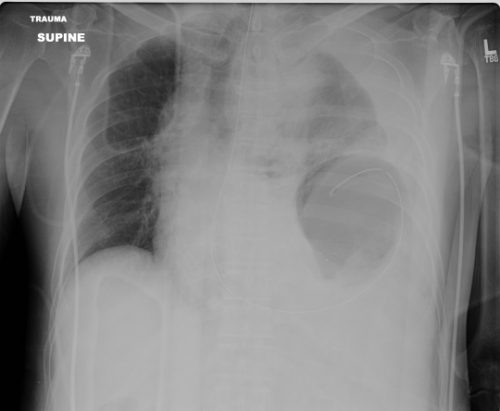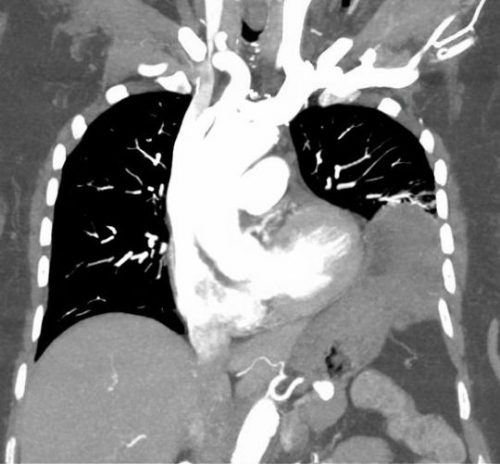Traumatic brain injury (TBI) is an extremely common problem encountered by trauma professionals. Diagnostic and management pathways are fairly well-defined, and rely mainly on physical examination, as well as CT imaging in select cases.
In recent years, work has been done to identify markers of brain injury in the blood. The theory is that the injured brain may release substances that can be assayed with a simple blood test. The presence of these blood markers could then influence our use of CT for diagnosis, decision to admit or send home, and possibly help identify patients likely to develop post-concussive symptoms.
Two particular biomarkers are being evaluated: UCH-L1 and GFAP. A recently published review examined the current status of GFAP in diagnosis of head injury.
Here are the factoids:
- A total of 27 pertinent research papers were identified for review, and 24 of 27 demonstrated a positive association between GFAP levels and TBI
- GFAP prediction of intracranial pathology by CT scan was good to excellent
- GFAP appeared to be able to discriminate between mass lesions and diffuse injury
- There was considerable variability in the average GFAP values. This means that the cutoff value that predicts significant injury is not yet clear.
- The number of pediatric studies reviewed was low, so the results may not be generalizable to children
- GFAP may be elevated in patients with orthopedic injuries, and this was not well controlled for in the studies reviewed. It is unclear whether GFAP can be used in patients with fractures.
Bottom line: GFAP looks promising as a marker for detecting significant TBI in some trauma patients.
Tomorrow, I’ll take a look at the other biomarker, UCH-L1, and the following day I’ll discuss the recent FDA approval of an assay for both of these by a US company, Banyan Biomarkers.
Reference: A systematic review of the usefulness of glial fibrillary acidic protein for predicting intracranial lesions following head trauma. Frontiers in Neurology 8(652):1-16.
I have no financial interest in Banyan Biomarkers.


